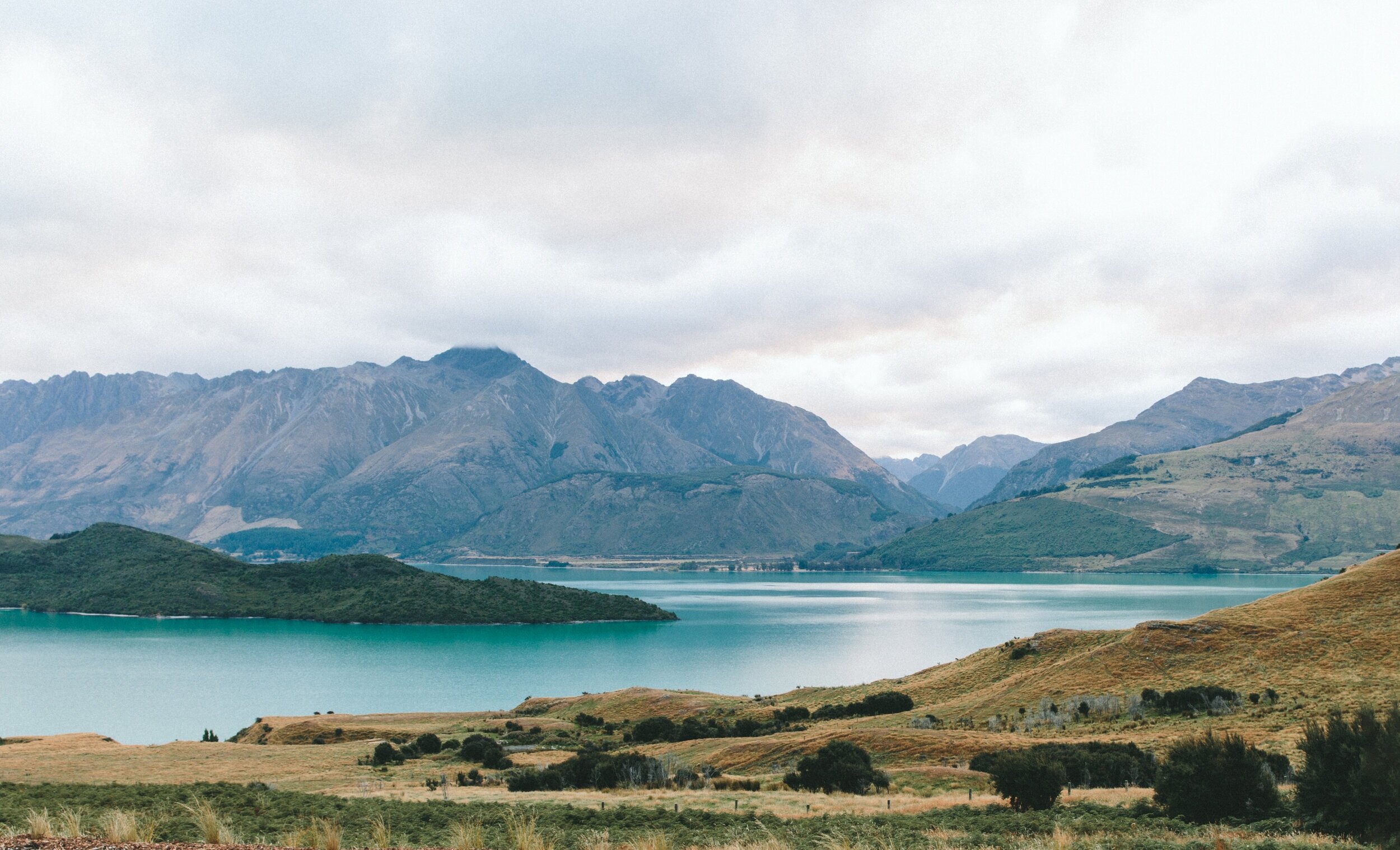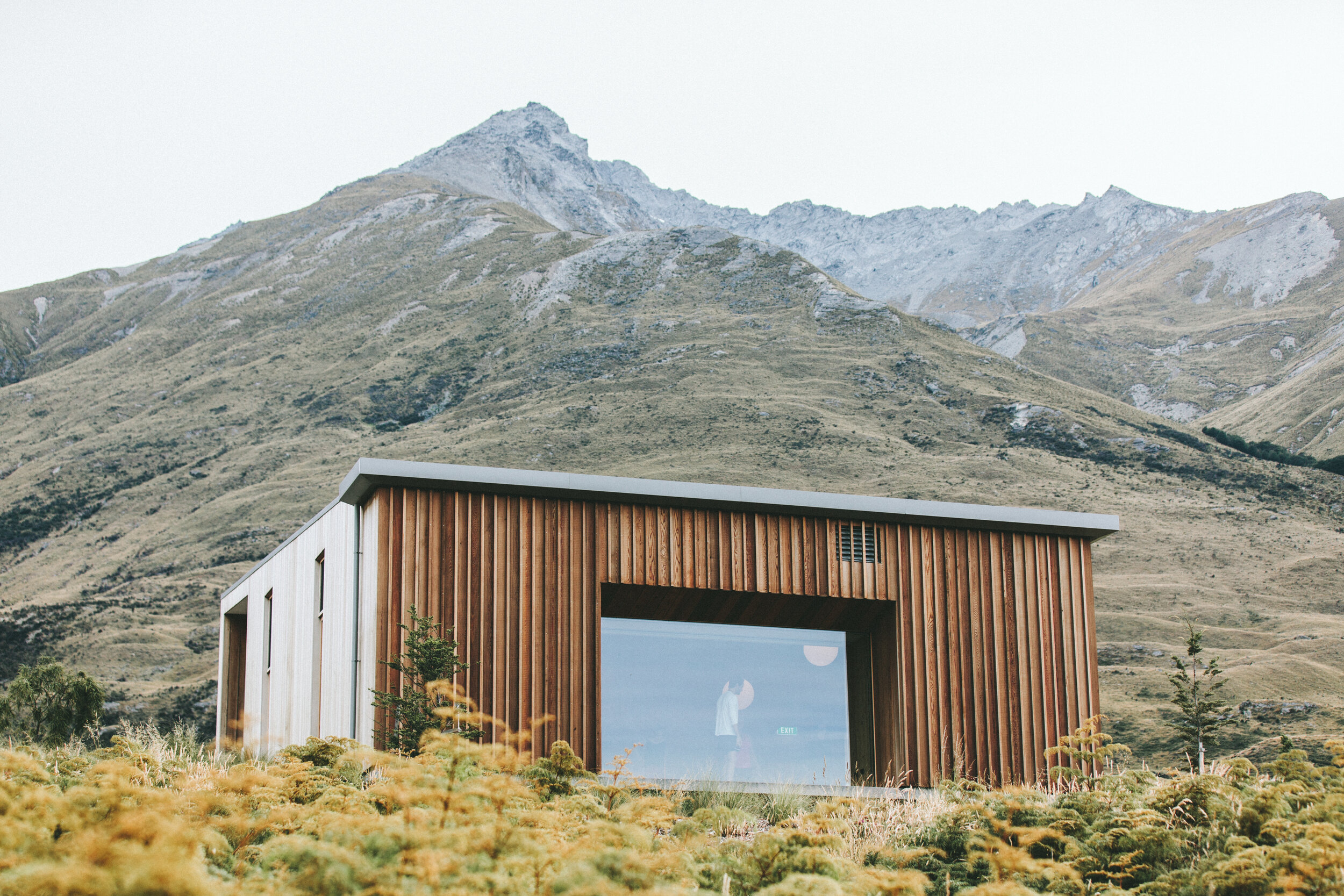Sea Ice
Freeze-up on the Beaufort Sea depends on the southern limit of the Arctic Pack, the multi-year ice, up to 4.5 meters thick, which moves depending on Arctic Ocean currents and wind patterns [1]. In late September, ice formation moves outward from multi-year floes. The average freeze-up date in Tuktoyaktuk between 1981 and 2010 was October 8, although across the Beaufort Sea region the freeze-up date has been shifting later by 6.5 days per decade [2, 3].
Spring thaw moves down Mackenzie in June, and open water develops in Kugmallit Bay. The fast ice across Kugmallit Bay and along the Tuktoyaktuk Peninsula fractures in late June to mid-July, depending on summer temperatures (which are themselves dependent on the location of the Arctic Pack – when northwesterly winds keep it closer to shore, the summer will be cold, and break-up will be delayed. The average break-up date in Tuktoyaktuk between 1981 and 2010 was June 18 [4]. In the Beaufort Sea region, the break-up date has been trending earlier by 2.7 days per decade [2].
Changes to the distribution of sea ice and length of the open water season will have important impacts on erosion and flooding, as well as seasonal temperatures, wildlife migration, and access to hunting and fishing areas [5,6,7, 8]. Since 1958, the annual sea ice cover over the Arctic has decreased and thinned, break-up begins earlier and freeze-up begins later in the year [9, 10, 11].
Landfast sea ice protects the coast from waves during the winter months, and longer open-water periods leave the coast vulnerable to storms for longer periods.
Climate change has a long-term impact on ice dynamics, by gradually changing spring and fall freezing and thawing conditions and thus lengthening the open-water seasons. However, human activities can also have short-term effects on sea ice. Prior to 1979, Kugmallit Bay froze clear across, with few drifting ice floes present in the fall [12]. However, ice-class ships coming in and out of port in Tuktoyaktuk began breaking up the forming ice during their transit, and ice blocks would float around and be pushed up on the shore by wind and currents creating pile-ups 3 to 5 meters high [11]. Unlike unmoving landfast ice, pile-ups have the potential to gouge the seabed and damage the shoreline and protection structures.
Links
The effect of changing sea ice on the physical vulnerability of Arctic coasts (2014)
Skillful regional prediction of Arctic sea ice on seasonal timescales (2017)
The National Atlas of Canada 5th Edition: Canada Permafrost (1995)
Regional variability of a projected sea ice-free Arctic during the summer months (2016)
Constraining projections of summer Arctic sea ice (2012)
Diminishing Arctic Sea Ice Promotes Stronger Surface Winds (2018)
Canadian snow and sea ice: historical trends and projections (2018)
A Possible Link Between Winter Arctic Sea Ice Decline and a Collapse of the Beaufort High? (2018)
Evidence of Arctic sea ice thinning from direct observations (2014)
Uncertainty in modeled Arctic sea ice volume (2011)
Changes in Arctic melt season and implications for sea ice loss (2014)
Warm winter, thin ice? (2018)
Swell and sea in the emerging Arctic Ocean (2014)
Historical Changes in the Beaufort–Chukchi–Bering Seas Surface Winds and Waves, 1971–2013 (2015)
Mapping the future expansion of Arctic open water (2015) (Paid)
Life on the ice: understanding the codes of a changing environment (2009) (Paid)
An elder on sea ice: an interview with Aipilik Inuksuk of Igloolik, Nunavut (2017) (Paid)
References
[1] Canadian Ice service. 2013. Sea Ice Climatic Atlas for the Northern Canadian Waters 1981-2011: chapter 2.
[2] Berkes & Jolly. 2001. Adapting to climate change: social-ecological resilience in a Canadian Western Arctic community. Conservation Ecology. 5(2).
[3] Canadian Ice Service. 2020a. Climatic Ice Atlas 1981-2010 - Canadian Ice Service - Environment Canada - Region: Northern Canadian Waters - Freeze-up dates.
[4] Canadian Ice Service. 2020b. Climatic Ice Atlas 1981-2010 - Canadian Ice Service - Environment Canada - Region: Northern Canadian Waters - Break-up dates.
[5] Kokelj et al. 2017. Ground temperatures and permafrost warming from forest to tundra, Tuktoyaktuk Coastlands and Anderson Plain, NWT, Canada. Permafrost and Periglacial Processes. 28. doi: 10.1002/ppp.1934
[6] Baird. 2021. Tuktoyaktuk Erosion Mitigation. Report for the Hamlet of Tuktoyaktuk and the Inuvialuit Regional Corporation.
[7] Aporta. 2002. Life on the ice: understanding the codes of a changing environment; Polar Record, v. 38, no. 207, p. 341–354.
[8] Aporta & MacDonald. 2011. An elder on sea ice: an interview with Aipilik Inuksuk of Igloolik, Nunavut; The Canadian Geographer / Le Géographe canadien, v. 55, no. 1, p. 32–35.
[9] Kowk & Rothrock. 2009. Decline in Arctic Sea ice thickness from submarine and ICESat records: 1958-2008. Geophysical Research Letters, 36.
[10] Maslanik et al. 2007. A younger, thinner arctic ice cover: increased potential for rapid, extenive sea-ice loss. Geophysical Research Letters, 34
[11] Ford et al. 2016. Perspectives on Canada’s North Coast region. In: Lemmen et al. (eds). Canada’s Marine Coasts in a Changing Climate. Government of Canada, p. 153-206.
[12] Aveco. 1986. Shoreline erosion protection Tuktoyaktuk. Report for the Government of the Northwest Territories, Public Works and Highways.
-

Dream it.
It all begins with an idea. Maybe you want to launch a business. Maybe you want to turn a hobby into something more. Or maybe you have a creative project to share with the world. Whatever it is, the way you tell your story online can make all the difference.
-

Build it.
It all begins with an idea. Maybe you want to launch a business. Maybe you want to turn a hobby into something more. Or maybe you have a creative project to share with the world. Whatever it is, the way you tell your story online can make all the difference.
-

Grow it.
It all begins with an idea. Maybe you want to launch a business. Maybe you want to turn a hobby into something more. Or maybe you have a creative project to share with the world. Whatever it is, the way you tell your story online can make all the difference.
